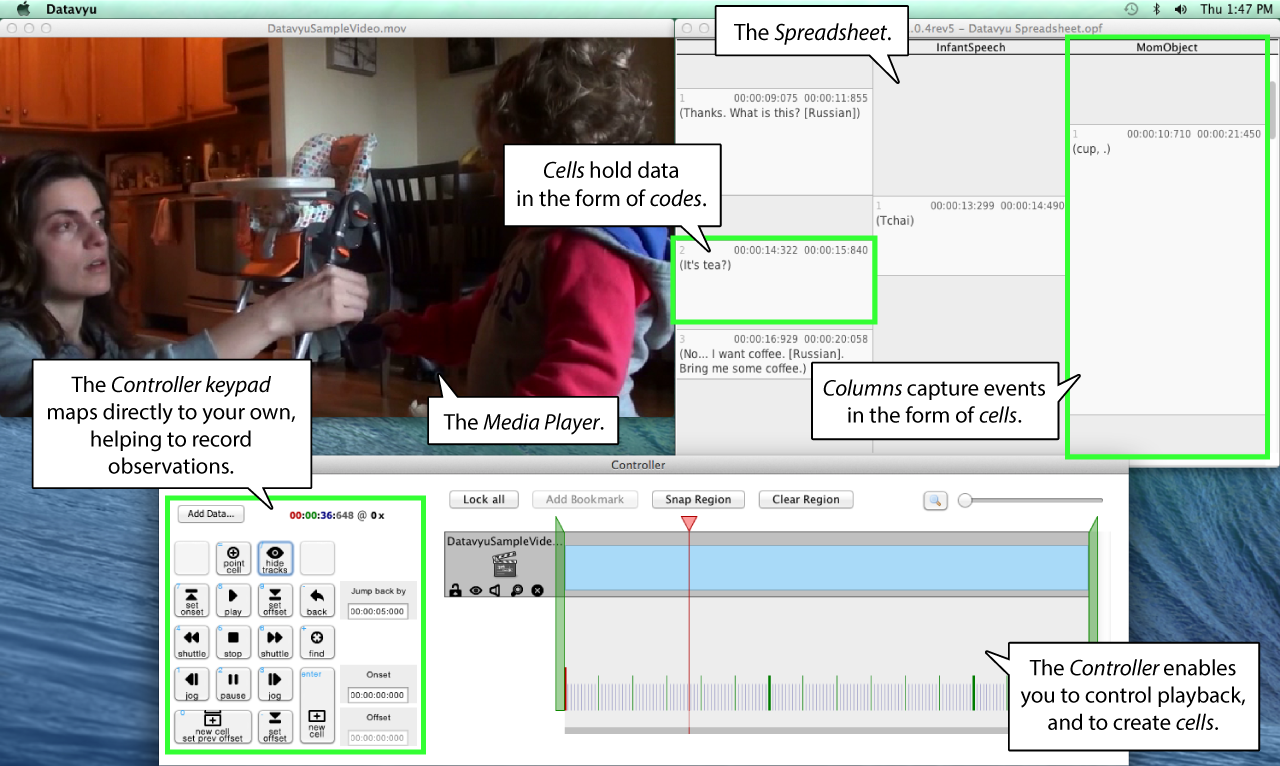- Associate Professor of Psychology
- Founding Director of Human Imaging at SLEIC
- Co-founder and Co-Director of the Databrary.org digital library
- A.B., Cognitive Science, Brown; M.S. & Ph.D., Cognitive Neuroscience, Carnegie Mellon University.
- Folk music, theatre, cycling, hiking, paddling, amateur radio (K3ROG)
2016-09-01 17:59:51
About
Overview
- Why behavioral science is harder than physics
- Why behavioral science must embrace big(ger) data
- Challenges with big data behavioral science
- Some solutions
- Let's boldly go
Why psychology is harder than physics
Why psychology is harder than physics
Behavioral science must embrace big(ger) data

Space x time x person
People
- Have families
- Live in neighborhoods, cities/towns, regions, countries
- Go to schools, jobs, houses of worship
- Are richer or poorer than their neighbors


Poverty shrinks brains
Overview
Why behavioral science is harder than physicsWhy behavioral science must embrace big(ger) data- Challenges with big data behavioral science
- Some solutions
- Let's boldly go
Challenges with big data behavioral science
- Must gggregate, link data across space, time, individual identities
- Data not spatially uniform
- Time series not uniformly sampled, different sampling intervals

Challenges with big data behavioral science
- Aggregating big data about individuals poses privacy risks

Insight and opportunity?
- (Many) people will volunteer personal data if given something of value in return
- What value can researchers offer?

Challenges with big data behavioral science
- Behavior rich, complex
- Many important behaviors go unmeasured
- What did you have for breakfast this morning?
- Last Thursday?
Challenges with big data behavioral science
- Word and numeric measures don't fully capture phenomena
Databrary.org
- Digital data library specialized for research video
- Video/audio + participant/context metadata
- Share displays, materials, text-based data files
- Policy framework for sharing identifiable data
- Developmental focus, but not exclusive
Databrary.org facilitates data sharing, re-use, preservation
- High capacity, centralized storage
- Transcoding to common, interoperable formats
- Long-term preservation
Databrary helps to overcomes barriers to sharing video
- Policies for sharing identifiable video data
- Tools for reproducibly coding video
- Tools for "active curation" == during data collection
- Tools for searching, filtering
Policies
- Restrict access to authorized researchers (& affiliates)
- PIs and the trainees they supervise
- Institutional access agreement
- Seek permission to share data from participants
Standardized (reproducible) release levels
Tools for coding video
- Raw research video must be coded by human observers
- Datavyu a free, open source coding tool
- Add codes, annotations time-locked to video segments
- Turn behavior into quantifiable data
- Ruby API for scripting reproducible workflows
What can we learn from large-scale video data sharing?
- Jayaraman, S., Smith, L.B., Raudies, F. & Gilmore, R.O. (2014). Natural Scene Statistics of Visual Experience Across Development and Culture. Databrary. Retrieved September 1, 2016 from http://doi.org/10.17910/B7988V.
Toward a big data behavioral science
- Data sharing in open (to scientists) repositories
- Video and other spatially & temporally dense streams essential
- Video captures behavior
- Video improves methodological transparency
Toward a big data behavioral science
- Linking data across time, space, individuals
- Framework for securing participant permission, limiting access
- Statistical techniques that yield discoveries
What's Donald Rumsfeld have to do with this?

The Rumsfeldian view of the world
| Knowledge | No knowledge | |
|---|---|---|
| Memory/awareness | Known-knowns | Known-unknowns |
| No memory/awareness | Unknown-knowns | Unknown-unknowns |
Where we spend most of our time…
- Confirming known-knowns >>
- Testing known-unknowns >>
- Considering unknown-knowns

Imagine a databservatory…
Starting with our university community
Starting with our university community
- App, web-framework, data-collection tool + repository + analysis platform
- Open Humans Project + DataWallet + MechanicalTurk + ResearchKit/Open Data Kit
- Link researchers with participants
- Securely store, manage, share data
- Participants get their own results + compare to others
Acknowledgments
- NSF BCS-1238599
- NICHD U01-HD-076595
- Society for Research in Child Development (SRCD)
- NYU Libraries, NYU IT, IRB, and OSP
Stay in touch
References
Batra, Erich K., Douglas M. Teti, Eric W. Schaefer, Brooke A. Neumann, Elizabeth A. Meek, and Ian M. Paul. 2016. “Nocturnal Video Assessment of Infant Sleep Environments.” Pediatrics, August, e20161533. doi:10.1542/peds.2016-1533.
DeLoache, Judy. 2014. “Scale Errors Offer Evidence for a Perception-Action Dissociation Early in Life.” Databrary. doi:10.17910/B7H019.
DeLoache, Judy S., David H. Uttal, and Karl S. Rosengren. 2004. “Scale Errors Offer Evidence for a Perception-Action Dissociation Early in Life.” Science 304 (5673): 1027–9. doi:10.1126/science.1093567.
Jean, Neal, Marshall Burke, Michael Xie, W. Matthew Davis, David B. Lobell, and Stefano Ermon. 2016. “Combining Satellite Imagery and Machine Learning to Predict Poverty.” Science 353 (6301): 790–94. doi:10.1126/science.aaf7894.
Noble, Kimberly G, Suzanne M Houston, Natalie H Brito, Hauke Bartsch, Eric Kan, Joshua M Kuperman, Natacha Akshoomoff, et al. 2015. “Family Income, Parental Education and Brain Structure in Children and Adolescents.” Nature Neuroscience 18 (5): 773–78. doi:10.1038/nn.3983.
Reardon, Sara. 2015. “Poverty Shrinks Brains from Birth.” Nature, March. doi:10.1038/nature.2015.17227.
Sejnowski, Terrence J., Patricia S. Churchland, and J. Anthony Movshon. 2014. “Putting Big Data to Good Use in Neuroscience.” Nature Neuroscience 17 (11): 1440–1. doi:10.1038/nn.3839.
Wilkinson, Krista; 2014. “Preliminary Investigation of Visual Attention to Human Figures in Photographs: Potential Considerations for the Design of Aided AAC Visual Scene Displays.” Databrary. doi:10.17910/B7G59R.
Yu, Chen; 2016. “The Social Origins of Sustained Attention in One-Year-Old Human Infants.” Databrary. doi:10.17910/B7.236.

